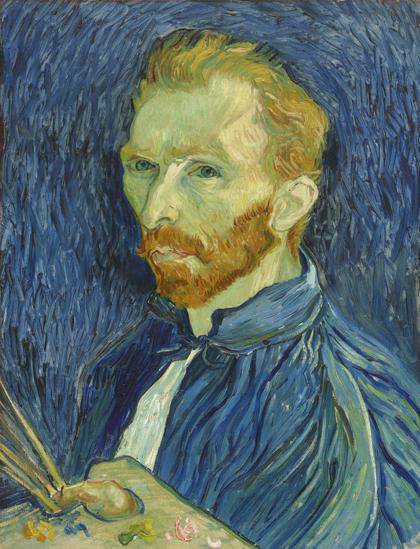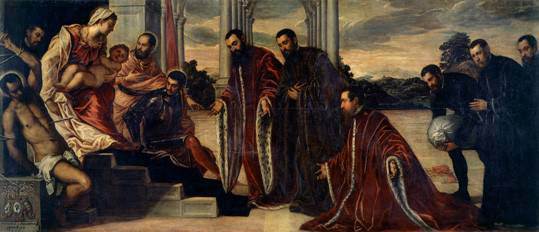
Vincent van Gogh: “Self-Portrait”, 1889 National Gallery of Art, Collection of Mr. and Mrs. John Hay Whitney.
‘Van Gogh and Britain’ at the Tate Tate Britain opens a major exhibition about Vincent van Gogh (1853-1890). “The EY Exhibition: Van Gogh and Britain” is the first exhibition to take a new look at the artist through his relationship with Britain. March 27 to August 11, 2019.]]>
Source: Tate Britian
Bringing together the largest group of Van Gogh paintings shown in the UK for nearly a decade, “The EY Exhibition: Van Gogh and Britain” includes over 45 works by the artist from public and private collections around the world. They include “Self-Portrait”, 1889, from the National Gallery of Art, Washington, “L’Arlésienne”, 1890, from Museu de Arte de São Paolo, “Starry Night on the Rhône, 1888, from the Musée d’Orsay, Paris, “Shoes” from the Van Gogh Museum, Amsterdam, and the rarely loaned “Sunflowers, 1888, from the National Gallery, London. The exhibition also features late works including two painted by Van Gogh in the Saint-Paul asylum, “At Eternity’s Gate”, 1890, from the Kröller-Müller Museum, Otterlo and “Prisoners Exercising, 1890, from the Pushkin State Museum of Fine Arts, Moscow.
Van Gogh spent several crucial years in London between 1873 and 1876, writing to his brother Theo, ‘I love London’. Arriving as a young trainee art dealer, the vast modern city prompted him to explore new avenues of life, art and love. The exhibition reveals Van Gogh’s enthusiasm for British culture during his stay and his subsequent artistic career. It shows how he responded to the art he saw, including works by John Constable and John Everett Millais as well as his love of British writers from William Shakespeare to Christina Rossetti. Charles Dickens in particular influenced Van Gogh’s style and subject matter throughout his career. “L’Arlésienne”, 1890, a portrait he created in the last year of his life in the south of France, features a favourite book by Dickens in the foreground.
The exhibition also explores Van Gogh’s passion for British graphic artists and prints. Despite his poverty, he searched out and collected around 2,000 engravings, most from English magazines such as the Illustrated London News. ‘My whole life is aimed at making the things from everyday life that Dickens describes and these artists draw’ he wrote in his first years as a struggling artist. He returned to these prints in his final months, painting his only image of London, “Prisoners Exercising”, from Gustave Doré’s print of Newgate Prison.
Related content
Van Gogh survey opens at the Museum of Fine Arts, Houston (exhibition, 2019)
Follow us on:


